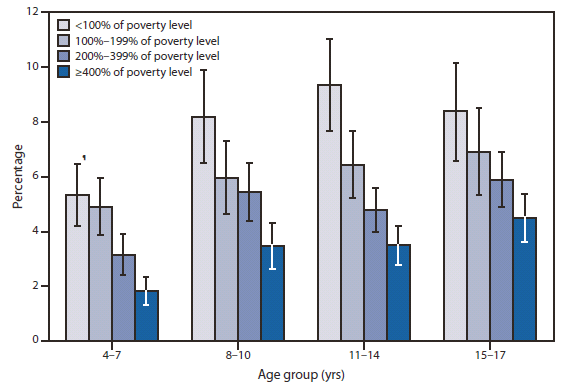by Thomas Heffner
We are losing an economic war, here’s how:
“Free trade” is unrestricted access by foreign companies to everything we have – to buy, to sell, to knock out any business at will. We are doing nothing to stop it – in fact we are encouraging it in “free trade.” One example is the automobile industry – the rest of our former great industries are now following.
Today we have a military army to protect our shores, the FBI, CIA, NSA, NTSB, border patrols, national guards, and airport security to protect us from domestic threats. We have the SEC to protect securities markets and the Federal Reserve Board to regulate and protect our money supply and our banking. We have social security to protect us in old age, Medicare to protect us from illness, clean air and clean water acts to protect the environment, and antitrust laws to protect the freedom of the market.
Yet we have nothing that is protecting or even monitoring our industrial base, our means of production, and our ability to sustain a competitive position in the global economy. It is true that the global economy is not a zero-sum game. However, that fact does not mean that there are not winners and losers; thousands of American manufacturers and hundreds of American industries and their stakeholders to be precise.
The U.S. Department of Commerce is the number one advocate of free trade in this country. The one group that should be tasked with monitoring and securing our industrial defenses is doing everything possible to eliminate our defenses as fast as possible and make us most vulnerable. In fact, in the 1980s, the U.S. Department of Commerce had one of the highest rates of any federal department of ex-officials going on to earn huge sums of money representing foreign companies and countries in lobbying efforts in Washington.
We are currently relying on a completely laissez-faire style of domestic policy while all of our global competition is actively lobbying, engaged, focused, subsidized, and organized with strategies and tactics to build their own industrial base and dismantle ours. It is truly shameful that we send our industries and individual companies into the fray bearing no ax and no shield as they compete head-to-head with foreign corporations that are the product of entire galvanized nations singularly focused on becoming globally dominant. Big business is a much-maligned group as of late, blamed in many circles for the present-day recession.
We must remember however, that despite some notably corrupt individuals, industry is what drives our economy first and foremost. Our businesses are employers and avenues for earning livings. We need to foster economic development and take great care to maximize incentives and assistance to make sure our companies can continue to provide opportunities for Americans to work, compete and achieve.
While devoting incredible cost, energy, time, and attention to wars in Iraq and Afghanistan for which there seems to be at best sparse justification, we devote almost no cost, no energy, no time, and no attention to fighting for our economic survival. Despite this ignorance, Washington absorbs millions of dollars from foreign lobbyists aimed squarely at maintaining “free trade” and wide open American borders free from quotas and tariffs.
We seek to placate every other country in the world at the expense of our own. We are steadily depleting the wealth of this country for the benefit of those who have no long-term interest in this country. We cannot afford to delay or ignore the situation at hand. We all must take action immediately or face the very real risk and consequence of once again becoming a colonial “servant” economy in the decades ahead. Begin today by becoming aware of these issues and discussing them with others and our leaders. As Thomas Jefferson said,”The price of freedom and the responsibility of all Americans is eternal vigilance and awareness.”
————————-
Originally published by Economy In Crisis, the publication of Concerned Citizens. Thomas Heffner is the publisher and founder of both.

